Modern eLearning Design: Need For An Evolution From Bloom’s Taxonomy
HexaLearn
AUGUST 28, 2023
The Need For An Evolved Learning Taxonomy Designing learning involves both arts and science. A critical part of learning design is to categorize and organize skills and learning outcomes. In formal terms, we call this learning taxonomy. He developed the taxonomy during 1950–1960.

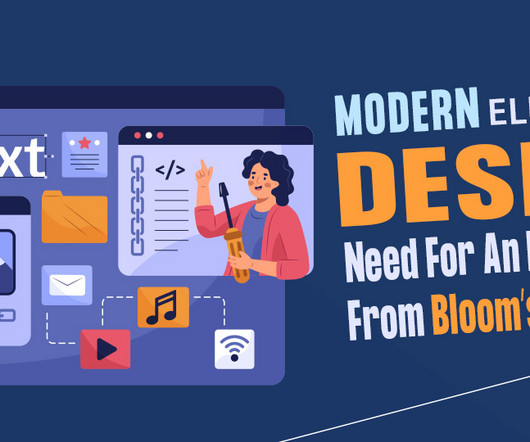




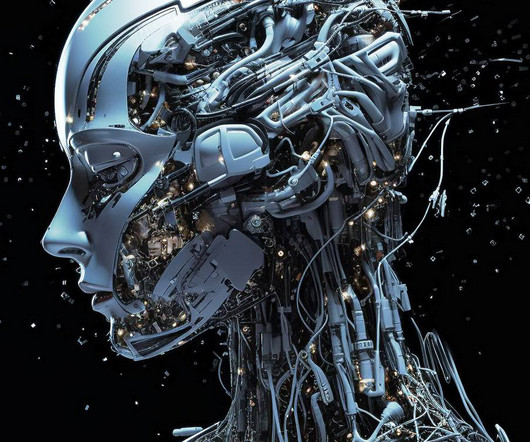





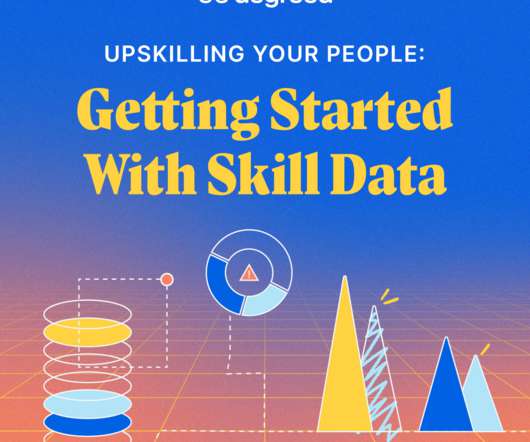


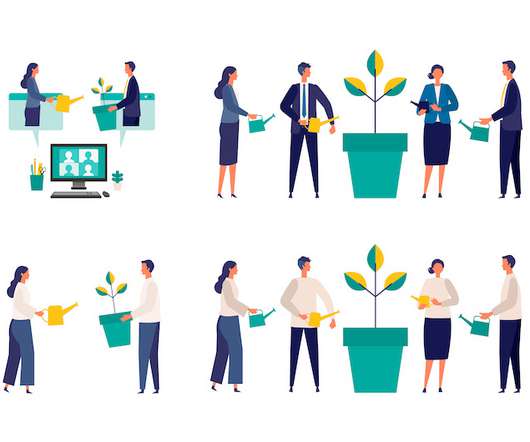



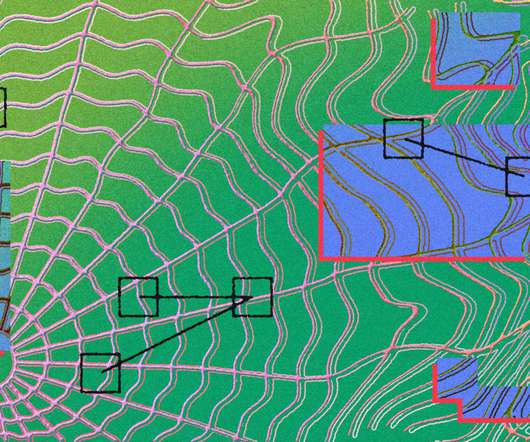



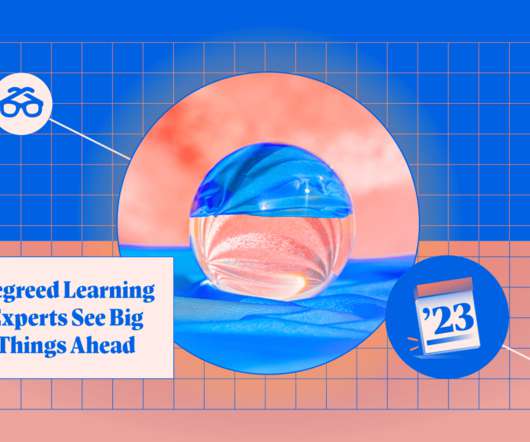










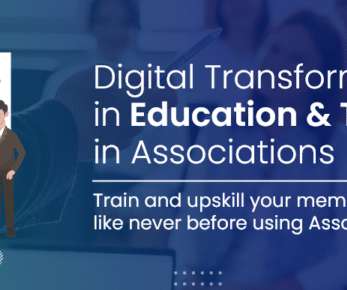










Let's personalize your content